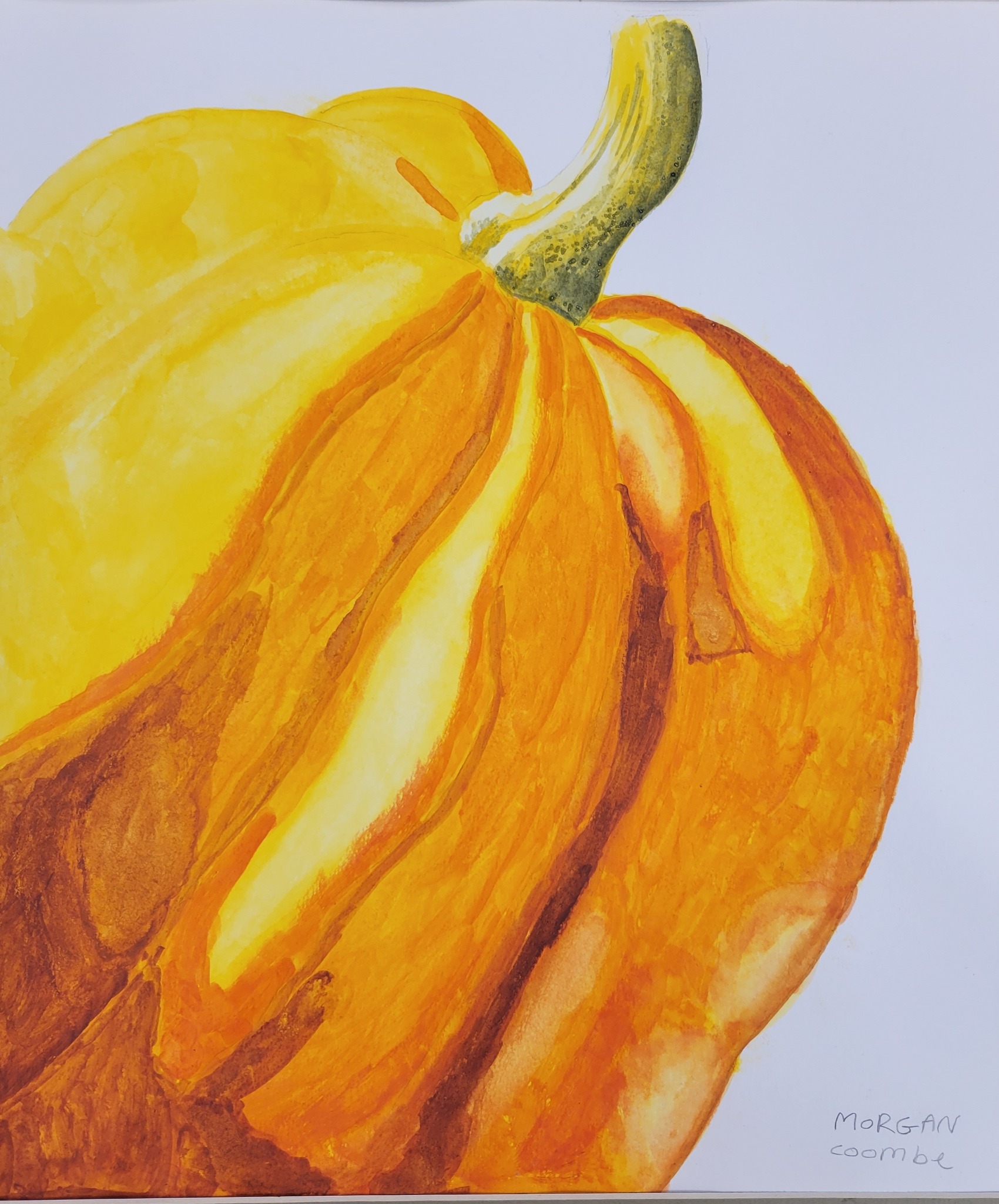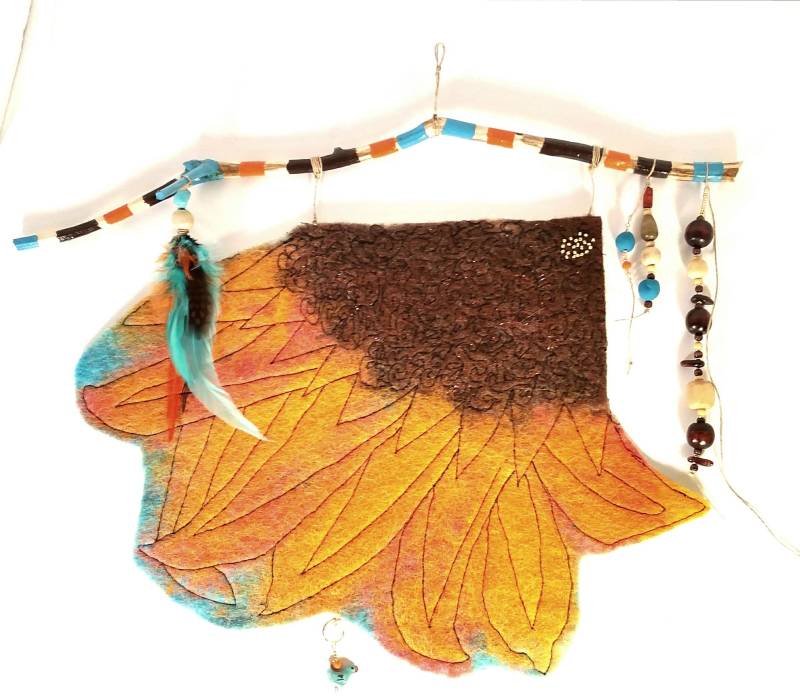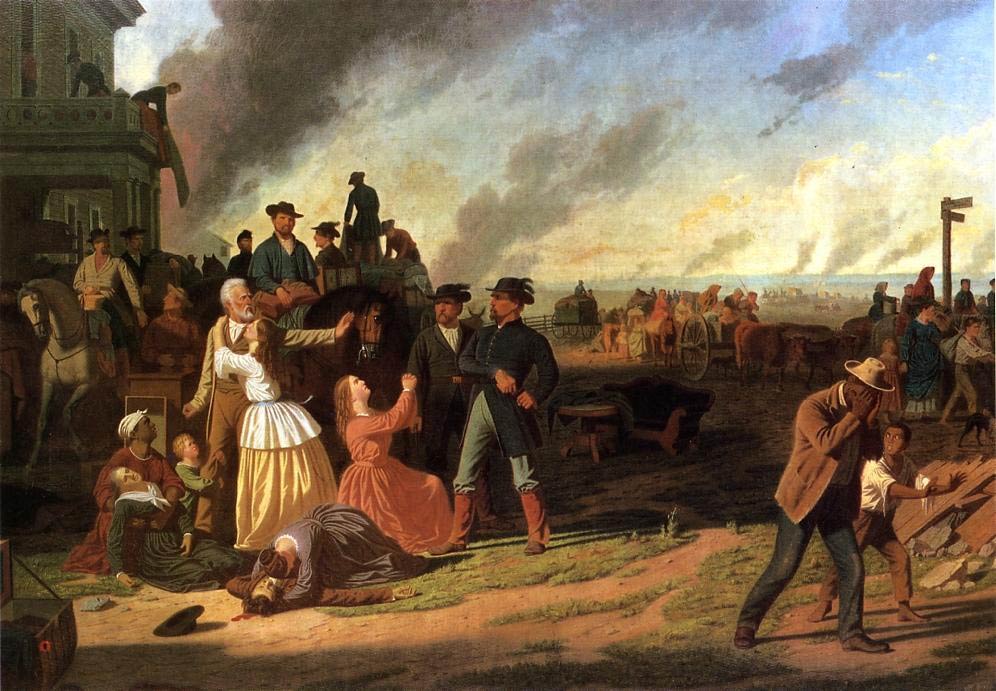Artists and art lovers have a new creative haven in southwest Missouri. Art expert Joan Stack of the State Historical Society of Missouri paints a beautiful picture of opening night at this state-of-the-art gallery and entertainment complex.
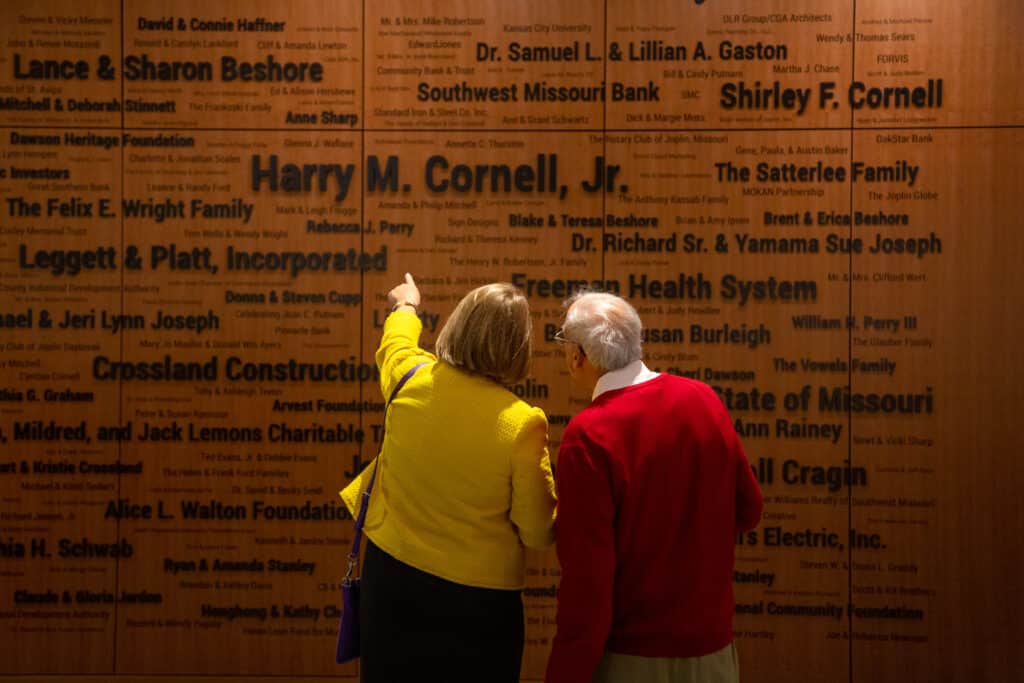
It was a transformative day for Joplin and Southwest Missouri. On that cold, sunny Saturday last November, the Harry M. Cornell Arts & Entertainment Complex at 212 West Seventh Street in Joplin opened its doors for the first time to the public. In this exciting new facility, the visual and performing arts come together in symbiotic harmony and provide the entire region with new cultural resources.
The George A. Spiva Center for the Arts, a facility dedicated to visual arts, finds a new home on the second floor of the Cornell Complex. Heather Lesmeister, Spiva’s executive director, oversees the institution, which has a long history in Joplin. She hopes to honor that history as the center expands its outreach in the Cornell building.
Spiva grew out of the Ozarks Artists’ Guild, founded in 1948, and became the Spiva Art Center in 1969. Eventually the name was changed to the George A. Spiva Center for the Arts, and in recent years, the organization was headquartered in Joplin’s Cosgrove Building at the corner of Third Street and Wall Avenue.
Spiva’s new location in the Cornell Complex provides 2,000 more square feet of space, with four climate-controlled galleries and storage rooms that allow for the safe accommodation of the organization’s permanent collection and the ability to attract more world-class exhibitions to the facility.
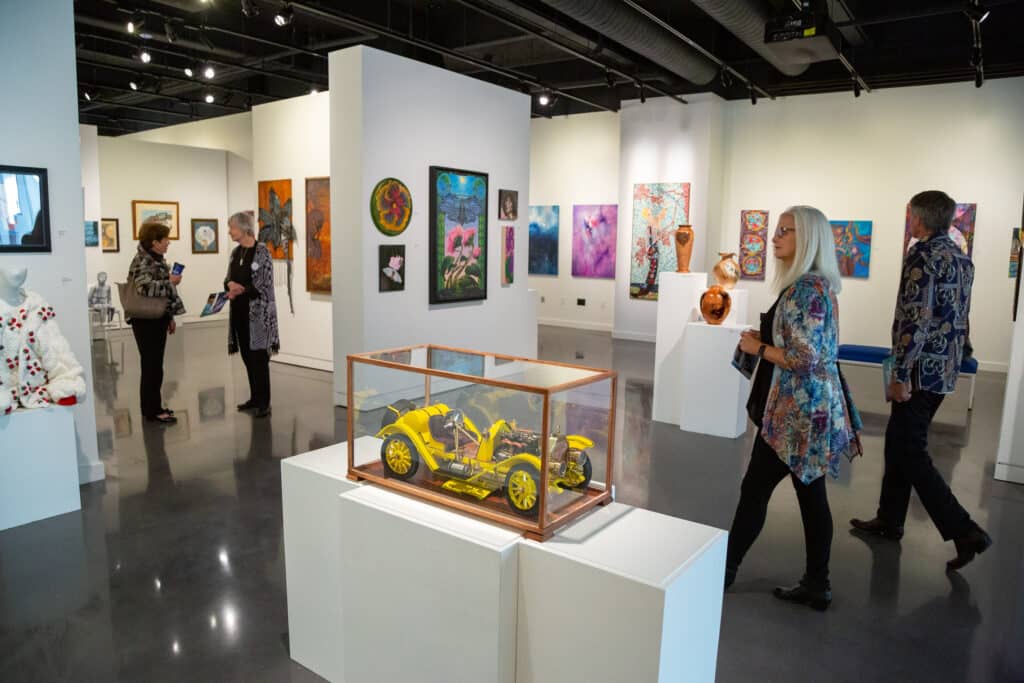
Spiva’s exhibition calendar at the Cornell Complex opened in spectacular fashion in November. In the center’s Four-States Gallery, visitors were treated to a show of all of Missouri artist Thomas Hart Benton’s editioned lithographs. The 91 artworks, borrowed from the art collection of The State Historical Society of Missouri, date from 1929 to 1974 (one year before Benton’s death in 1975), and will be on display in the gallery through March 4. These original lithographs were each printed by hand in editions ranging in size from 10 prints to 500. Many of the black-and-white images present variations on Benton’s paintings, and the collection provides a retrospective look at the powerful and complex imagery the artist produced over his lifetime.
In many ways, this was a homecoming for Benton, who was born in nearby Neosho. The lithographic exhibition serves as a reminder of the rich cultural history of a region whose native son went on to become one of America’s greatest 20th-century artists. Indeed, Joplin houses one of Benton’s last great murals, the 6-by-14-foot mural, Joplin at the Turn of the Century, 1896-1906, created in 1972-73. In his teens, Benton had worked for a Joplin newspaper, and the mural depicts the bustling city as the artist remembered it. Visitors can view this mural at no charge in Joplin City Hall at 602 Main Street, Monday through Friday, during business hours.
Back at the Cornell Complex, people attending the grand opening not only saw rare and stunning lithographs by Benton, but they also had the opportunity to view an exhibition of recent artwork created by contemporary regional artists. The Spiva’s annual members’ exhibition showcases the diversity and talent of the Joplin area, and includes a small gallery dedicated to artwork by young artists.
Those attending the grand opening were also first to see an exhibition of African wildlife art from the collection of the Cornell Complex’s namesake, Harry M. Cornell. Although these works will ultimately find a home in the Wonders of Wildlife collection in Springfield, Spiva will soon add a selection of Southwestern art collected by Cornell to its permanent collection. With impressive exhibits rotating in and out on a frequent basis, the museum promises to remain fresh and interesting for visitors.
While the artistry displayed inside the Cornell Complex is spectacular, the stunning contemporary architecture is equally inspiring. The New York City-based DLR Group partnered with Chad Greer of Joplin’s Corner Greer & Associates to design the 37,000-square-foot building. Tom Gallagher, principal architect of the DLR Group explained that Joplin’s rich mining history provided inspiration for the building’s exterior façade. Various white and metallic finishes add interest and texture to the sleek modern forms.
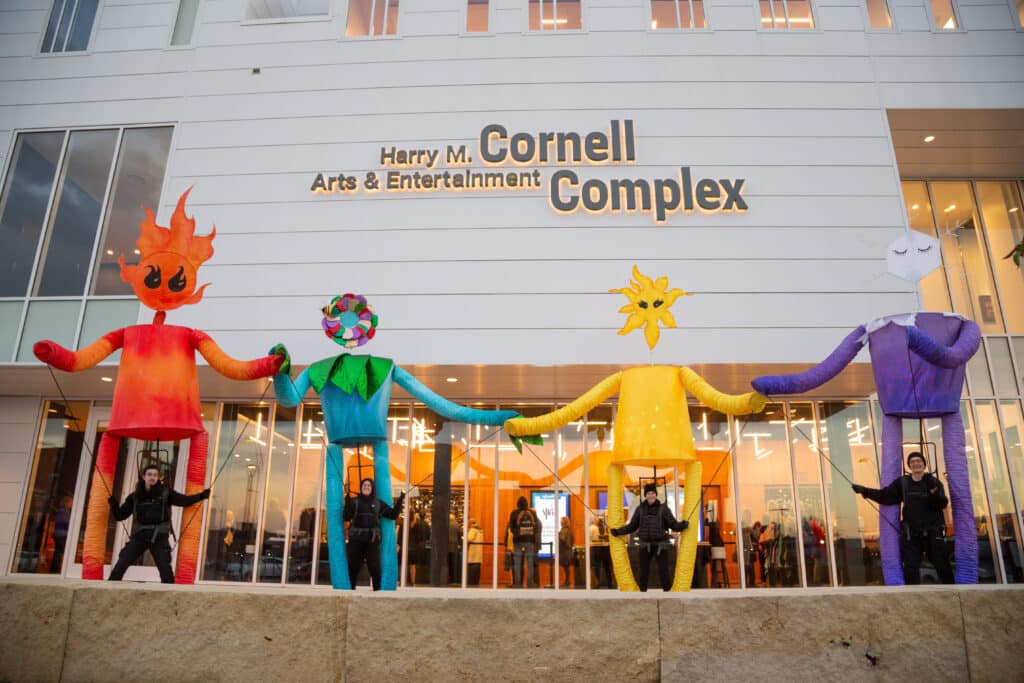
Contemporary sculptor Harold Linke was brought in to create a series of exterior sculptures to enliven the greenspace in front of the building. Linke created three abstract figural forms that are positioned near the facility’s entrance. These three sculptures interact to conceptualize the collaborative cultural happenings continually taking place inside and outside the Cornell Complex.
Linke explained that although his minimalist figures represent dancers, their forms epitomize the movement and energy inherent in the making of all art. The large white carbon fiber sculptures are static, yet the shapes imply movement. The relationship of each sculpture to each other alters dramatically as the viewer walks around the ensemble, and changing light and shadows constantly affect their appearance. Indeed, one can interpret the sculptures as a visual expression of the optimism and aspirations inherent in the Cornell Complex project.
For many in the Joplin community, this new building reflects the reemergence of the city’s cultural energy following the devastating destruction of the EF-5 tornado that laid waste to much of the city on May 22, 2011. A memorial honoring the 161 people lost on that day stands near the complex.
Sharon Beshore worked closely with Linke as he created the sculptures. Sharon’s father, the late Harry M. Cornell, provided the lead gift for the $19-million-plus fundraising campaign for the building. Sharon is both board president for Cornell Complex and chair of Connect2Culture, the visionary and driving force behind the creation of the complex. Now headquartered at the new facility, Connect2Culture is also Joplin’s community arts agency and the presenter of an annual season of high-quality performances in the 424-seat Beshore Performance Hall and on the outdoor Leggett & Platt Green that can handle up to 1,500 attendees.
To Sharon, Linke’s sculptures create a sense of accessibility that welcomes visitors into the space that bears her father’s name. Sadly, Harry passed away on May 8, 2022, just six months before the building’s opening.
The Harry M. Cornell Arts & Entertainment Complex honors his legacy and stands as a testament to Joplin’s resilience and commitment to the arts.
Explore the Harry M. Cornell Arts & Entertainment Complex and keep track of its upcoming programs at CornellComplex.org.
Article originally published in the March/April 2023 issue of Missouri Life.
Related Posts
Columbians [Heart] Art
Artists have been leaving their imprint on Columbia since the first settlers rolled into the region. Here in this creative city, you’ll find historical masterpieces and fresh contemporary works. You’d expect to find amazing art in local galleries—and you won’t be disappointed—but in Columbia, art also enhances the town’s public spaces.

